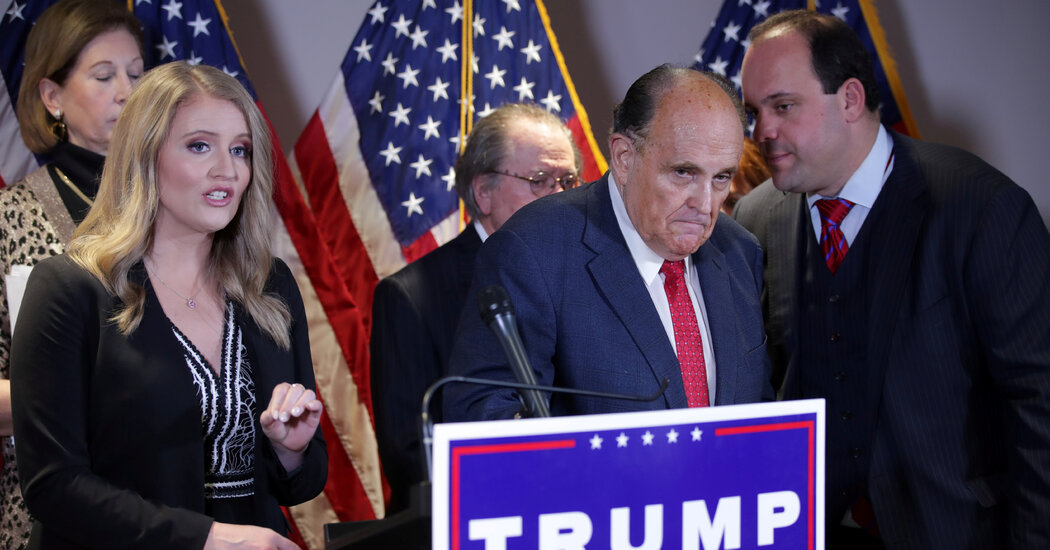The indictment of former President Donald J. Trump in connection with his efforts to retain power after his 2020 election loss left a number of unansw
The indictment of former President Donald J. Trump in connection with his efforts to retain power after his 2020 election loss left a number of unanswered questions, among them: Who is co-conspirator 6?
The indictment asserted that six people aided Mr. Trump’s schemes to remain in office. It did not name any of them, but most were reasonably easy to identify through details contained in the indictment, like Rudolph W. Giuliani, the former New York mayor and lawyer for Mr. Trump (co-conspirator 1), and John Eastman, the lawyer behind the idea that Vice President Mike Pence could block or delay certification of Mr. Trump’s loss on Jan. 6 (co-conspirator 2).
Co-conspirator 6 was more of a mystery. Identified by the indictment as “a political consultant who helped implement a plan to submit fraudulent slates of presidential electors to obstruct the certification proceeding,” the person could have been a number of figures in Mr. Trump’s orbit.
But a close look at the indictment and a review of messages among people working with Mr. Trump’s team provides a strong clue. An email from December 2020 from Boris Epshteyn, a strategic adviser to the Trump campaign in 2020, to Mr. Giuliani matches a description in the indictment of an interaction between co-conspirator 6 and Mr. Giuliani, whose lawyer has confirmed that he is co-conspirator 1.
The email, sent on Dec. 7, 2020, and reviewed by The New York Times, was from Mr. Epshteyn to Mr. Giuliani and Mr. Giuliani’s son, Andrew, and had the subject line, “Attorneys for Electors Memo.” It says, “Dear Mayor, As discussed, below are the attorneys I would recommend for the memo on choosing electors,” and it goes on to identify lawyers in seven states.
Paragraph 57 of the indictment says that co-conspirator 1, Mr. Giuliani, “spoke with co-conspirator 6 regarding attorneys who could assist in the fraudulent elector effort in the targeted states” and received an email from co-conspirator 6 “identifying attorneys in Arizona, Georgia, Michigan, Nevada, New Mexico, Pennsylvania and Wisconsin.”
Those are the seven states in the email that Mr. Epshteyn sent to Mr. Giuliani and that was reviewed by The Times.
Todd Blanche, a lawyer for Mr. Epshteyn, declined to comment, as did Peter Carr, a spokesman for the special counsel Jack Smith.
The indictment also says co-conspirator 6 participated in a conference call organized by Mr. Trump’s campaign with pro-Trump electors in Pennsylvania, a state won by Joseph R. Biden Jr. When the electors expressed concern about going along with the plan, co-conspirator 1, Mr. Giuliani, “falsely assured them that their certificates would be used only if” Mr. Trump succeeded in fighting the election in court, according to the indictment.
The actions described in the indictment are consistent with previous reporting by The Times about Mr. Epshteyn’s actions. During the push to overturn the 2020 election, Mr. Epshteyn worked with people inside and outside the Trump campaign as he helped to organize slates of so-called fake electors.
Glenn Thrush and William K. Rashbaum contributed reporting.
www.nytimes.com
